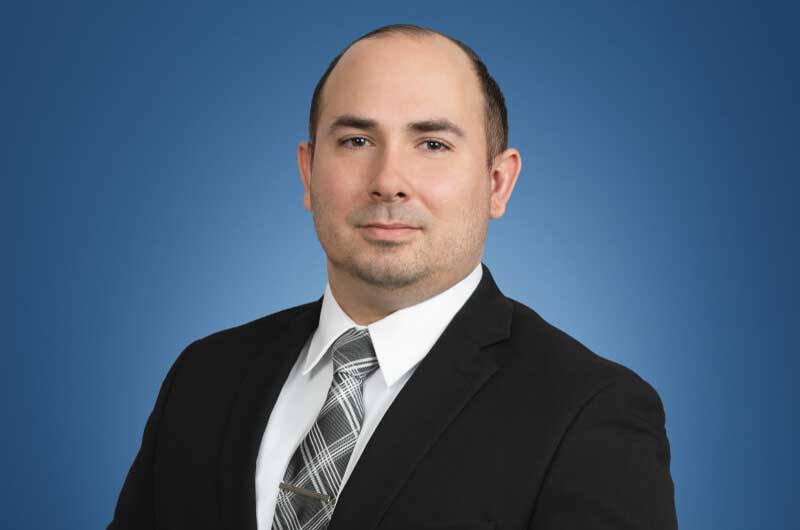"If you only knew what the future holds
After a hurricane comes a rainbow"1
"Read the law and weep if you are afraid of juries." That is what I will be telling insurance companies and their counsel for the next several years if they wrongfully and in bad faith deny Hurricane Sandy claims in New Jersey.
The basis for this very bold statement is found in the following language of Simonetti v. Selective Insurance Company:2
[T]he next issue we address is whether the mold and other damage claimed by plaintiffs was caused by a covered peril or a covered cause of loss. In this regard, plaintiffs claim the damage to their home was a direct physical loss from the June 16, 2001 rainstorm and consequent water intrusion. Defendants counter that the damage resulted from one or more excluded causes, or was actually previous damage from prior water leaks. Because a question of fact is presented as to whether some or all of the damage, including mold, was caused by the rainstorm, summary judgment was inappropriate.By the terms of [the] policy, every risk of direct physical damage is a covered cause of loss unless a particular cause of loss is listed in the exclusions. Here, defendant points to the policy exclusion for faulty design, workmanship and maintenance, which it claims to be the primary cause of plaintiffs’ loss, barring their recovery even if included causes contributed to their damage. We disagree.
The fact that two or more identifiable causes—one a covered event and one excluded—may contribute to a single property loss does not necessarily bar coverage. In the first place, the…policy does not contain an anti-concurrent or anti-sequential clause in Exclusion 2a dealing with faulty design, workmanship and maintenance, which would exclude coverage when a prescribed excluded peril, alongside a covered peril, either simultaneously or sequentially, causes damage to the insured…. Significantly, however, Selective did include such an anti-sequential and anti-concurrent clause in Exclusion 1 for Earth Movement, etc., evidencing a clear intention to bar coverage in the latter, but not the former.
Moreover, even where included and excluded causes occur concurrently, it is for the factfinder to determine which part of the damage was due to the included cause of loss and for which the insured can recover…And with regard to sequential causes of loss, our courts have determined that an insured deserves coverage where the included cause of loss is either the first or last step in the chain of causation which leads to the loss. See Franklin Packaging Co. v. Cal. Union Ins. Co., 171 N.J.Super. 188, 191, 408 A.2d 448 (App.Div.1979) (quoting 5 Appleman, Insurance Law and Practice § 3083 at 309-311 (1970) for the proposition that "recovery may be allowed where the insured risk was the last step in the chain of causation set in motion by an uninsured peril, or [w]here the insured risk itself set into operation a chain of causation in which the last step may have been an excepted risk."); Stone v. Royal Ins. Co., supra, 211 N.J.Super. at 251, 511 A.2d 717 (following Franklin Packaging); Ariston Airline Catering Supply Co., Inc. v. Forbes, 211 N.J.Super. 472, 487, 511 A.2d 1278 (Law Div.1986)…
Regardless of whether the multiple causes here may be considered "concurrent" or "sequential," and irrespective of the applicability of the proximate cause analysis embodied in the Appleman‘s Rule, there remains a factual question as to the actual cause of the damage to plaintiffs’ home, namely whether plaintiffs sustained a direct physical loss proximately caused by the unusual severity of the June 16, 2001 rainstorm. Clearly, issues of causation are for the jury to resolve…Here, since the parties disagree, and the proofs conflict, the factual issue presented of causal connection—whether some or all of plaintiffs’ loss was caused by the June 16, 2001 rainstorm—must be decided by the factfinder on a complete record. [certain citations omitted and emphasis added]
I only emphasized a few sentences in this opinion; the entirety of which is worthy of further study on any day other than Friday. For all my insurance coverage nerd colleagues, especially since we started with a Katy Perry quote on a Friday – and we are talking about the Jersey Shore – how about taking a few minutes to listen to a great popular artist who celebrates our hidden beauty!! More New Jersey insurance law on Monday.
1 Katy Perry (EMI Music Publishing, Warner/Chappell Music, Inc).
2 372 N.J. Super. 421, 859 A.2d 694 (N.J. App. Div. 2004).




